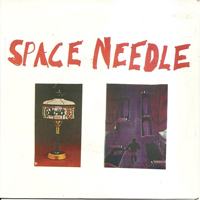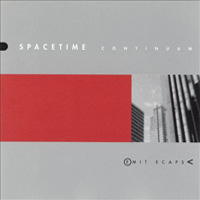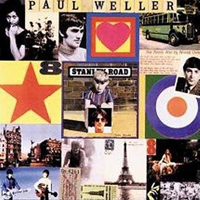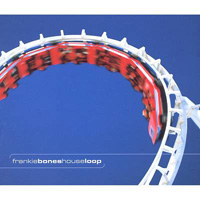 Frankie Bones
Frankie Bones
Houseloop (Smile Communications)
An interview with Frankie Bones
by Joshua Brown
Describe the typical Storm Rave.
The typical Storm Rave was a full-on Europe style rave party which was the enlightenment for many on the East Coast. There were no pre-conceived notions and it was totally fresh and new for everyone involved. The first “Storm” was in a mansion on Long Island (NY) which only had 30 people. In a year and a half, it swelled to 5,000. The September 19, 1992 party in Queens was the last party to have the original vibe. It started to become typical after that. The masses came, and thus the vibe wasn’t real.
What was the progression of sounds used in your early Ding days to what you use in your current set? Do you find that a lot of DJs or music fans have followed the same (or a similar) evolutionary pattern?
My most exciting sets have always been the “fusion” sets from my first UK rave in August of ’89. “Fusion” meaning “house” breaks (commercial, deep, tribal, hard), techno, old-school Miami bass, all jumbled into a manic stomp of energy on the dance floor. Then and now, it’s been this concept of sounding like James Christian and in three records, being as hardcore as Lenny Dee. I don’t think I sound like them, but I can go into any style or genre in 15 minutes in a smooth transition without upsetting the crowd I’m playing to. Only 1 out of 20 DJs I know can do this, like Terry Mullan (from Chicago). Most are specialists of their own sound – “I’m DJ ‘Disc Jock’ and I play pseudo-goa-ambient-gabbercore.” It gets ridiculous.
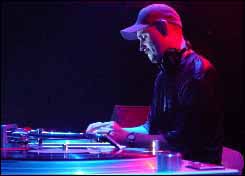 Tell us about your experiences with drugs, from using to getting clean. What are your feelings about rave culture’s drug orientation?
Tell us about your experiences with drugs, from using to getting clean. What are your feelings about rave culture’s drug orientation?
With all drugs, there’s a point where you can lose control. I think alcohol is the worst substance you can abuse. But the rave scene has also proven to have its near-death casualties. Ecstasy and LSD have opened doors, but while some open, others close, and many ravers will put anything they can into their bodies. At my worst, in 1993, an average weekend would consist of taking eight E’s, four tabs of LSD, a few bags of PCP, a blunt of DMT, endless joints, a gram of cocaine and some 40’s! I was a garbage pail. It took six months in a mental institution and a year in rehab for me to be able to function in society. Even during all this, music was more important. I know a lot of kids in the scene are like I was, and I’m against it. Every week at every party is too much. It will catch up to you. Guaranteed!
Are you currently exploring any relatively new areas of sound? If so, what are they?
I always play records that I never hear other people play. Right now, my sound is 50% pure electronic and 50% hard trance aimed at the dance floor. Yes, I’m always exploring new areas of sound; that’s what keeps me “underground.”
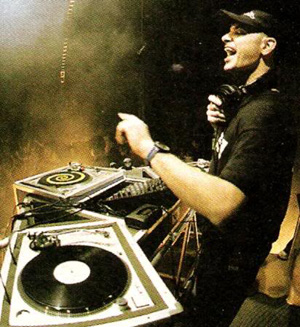 If you could change one thing about your scene, what would it be?
If you could change one thing about your scene, what would it be?
The wack DJ line-ups that promoters use for their parties. 99% of the promoters out there will hire a DJ for their name rather than for a night of quality music. And fuck those 25 dollar admissions!
Why do you, and other DJs, prefer using vinyl to digital recordings?
Vinyl will always be preferred by DJs because of the hands-on thing. CDs cannot be manipulated by hand like a record. I can mix CDs and have a CD-DJ dual unit, but they’re lacking; although they’re much more convenient for Top 40/Wedding DJs!
What, for you, are some of the more exciting new inroads that clubs have been making technologically in sound and lighting? Do those technological aspects interest you?
If you go to Europe, you’ll realize the US is far behind in sound and lighting. Though most of the equipment is American-made, most clubs and raves are still behind. I’ve played on turbo-sound in the UK and I’m still waiting to play on turbo here (in the US).

